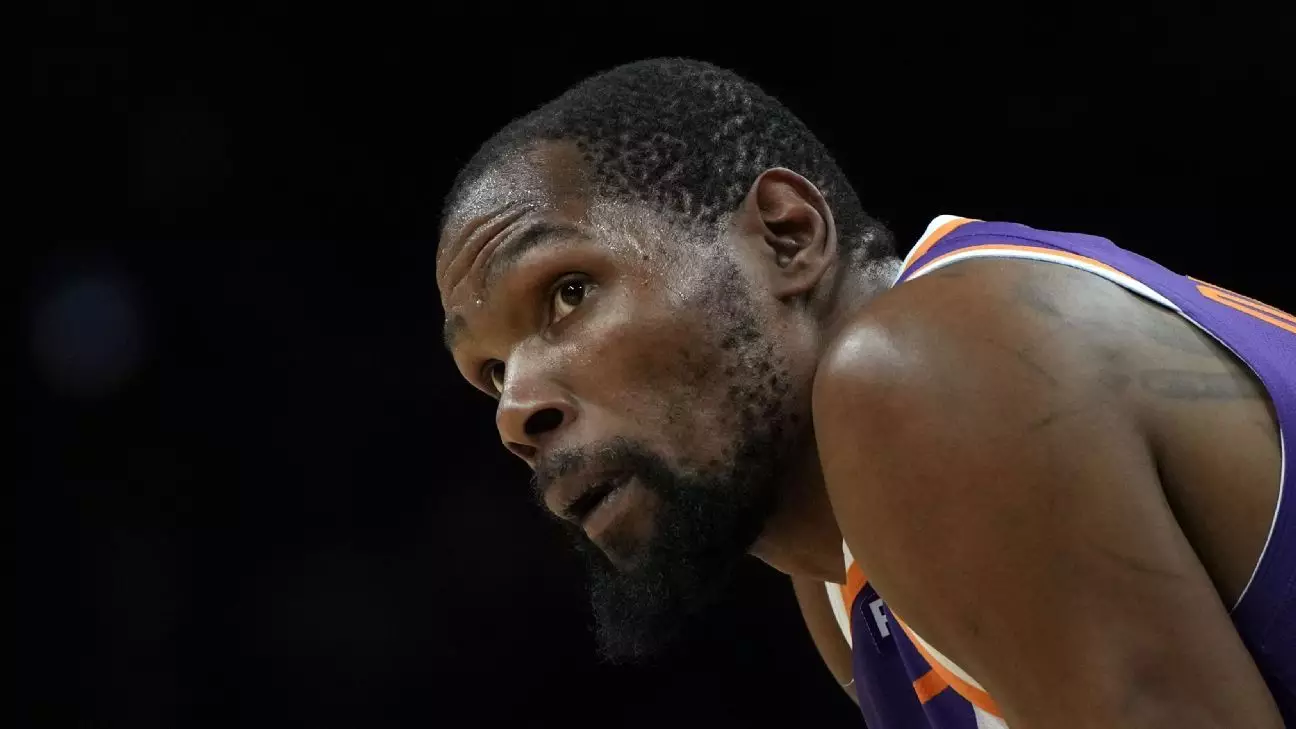The recent NBA trade saga, culminating in the historic seven-team deal, epitomizes the league’s relentless pursuit of strategic dominance—but also exposes a fundamental flaw: an obsession with transactional chaos that often undercuts stability and coherence. In an era where the sport’s business side threatens to drown its athletic essence, this sprawling transaction exemplifies both the potential and pitfalls of a hyper-commodified league. It’s a whirlwind maneuver, reshaping teams in a matter of days and leaving fans, players, and management increasingly disoriented amid a rapidly shifting landscape.
Looking beyond the surface, this trade is less about basketball and more about audacious power plays. The movement of Kevin Durant from Phoenix to Houston—alongside an elaborate web involving six other franchises—highlighted a league obsessed with superstars and long-term strategic positioning. Yet, beneath the glitz and transaction totals, there’s an unsettling message: the NBA now values flexibility and portfolio reshuffles more than team cohesion or player development. The shocks of late summer aren’t about nurturing talent but about capitalizing on market fervor, often leaving the sport’s integrity at risk.
The Price of Excess: Short-Term Gains Versus Long-Term Stability
This deal underscores a dangerous trend: the prioritization of immediate gain over careful, sustainable team-building. With multiple draft picks, cash considerations, and embedded player swaps, the transaction resembles a chess match more than a basketball game. While it might boost certain teams’ competitiveness in the short term, it raises questions about whether this ever-ending cycle of trades is actually serving the sport’s growth or merely inflating the egos of franchise owners and management.
From a center-stage perspective, Kevin Durant’s move to Houston is emblematic of an unhealthy league obsession. Durant remains one of the NBA’s most coveted talents, yet his journey through Phoenix and now Houston underscores how superstar mobility often feels more like a commodity exchange than a quest for team harmony. The league’s infrastructure — with its intricate layers of trades and draft maneuvering — sometimes seems rooted more in negotiations than in fostering genuine team chemistry. This incessant churn diminishes the overall narrative of the league, replacing it with a spectacle of maneuvering that often leaves fans feeling disconnected from the sport’s core ethos.
An Evolving League, but for Whom?
Amid this hubbub of activity, questions linger about who truly benefits from such complex deals. Fans, traditionally the heartbeat of the sport, are increasingly sidelined in these elaborate negotiations. Instead of celebrating athletic achievements, viewers are subjected to a dizzying dance of strategic moves that often obscure the game’s human element. At the heart of this, the NBA risks transforming into a platform for high-stakes financial chess, where the emotional investment of fans is secondary to franchise ambitions and market rivalry.
The league’s center-wing liberal perspective might argue that this is a reflection of capitalism’s influence, pushing teams to prioritize short-term profits and competitive edges rather than long-term community building and player welfare. The trade frenzy often seems to favor big-market teams at the expense of smaller franchises and local communities. The recent deal, with its multi-layered complexity, exposes how economic incentives can distort the sport’s fabric—detracting from the inclusivity and community-oriented values that once defined the game.
In this landscape, players like Durant become not just athletes but commodities whose movements are dictated by shifting market demands. The league’s future hinges on whether it can balance these commercial pursuits with a genuine effort to foster meaningful relationships—between teams, players, and fans. As things stand, the NBA is hurtling towards a future where the sport risks becoming a sandbox for power brokers rather than a shared cultural experience that unites us through athletic mastery and compelling stories.

